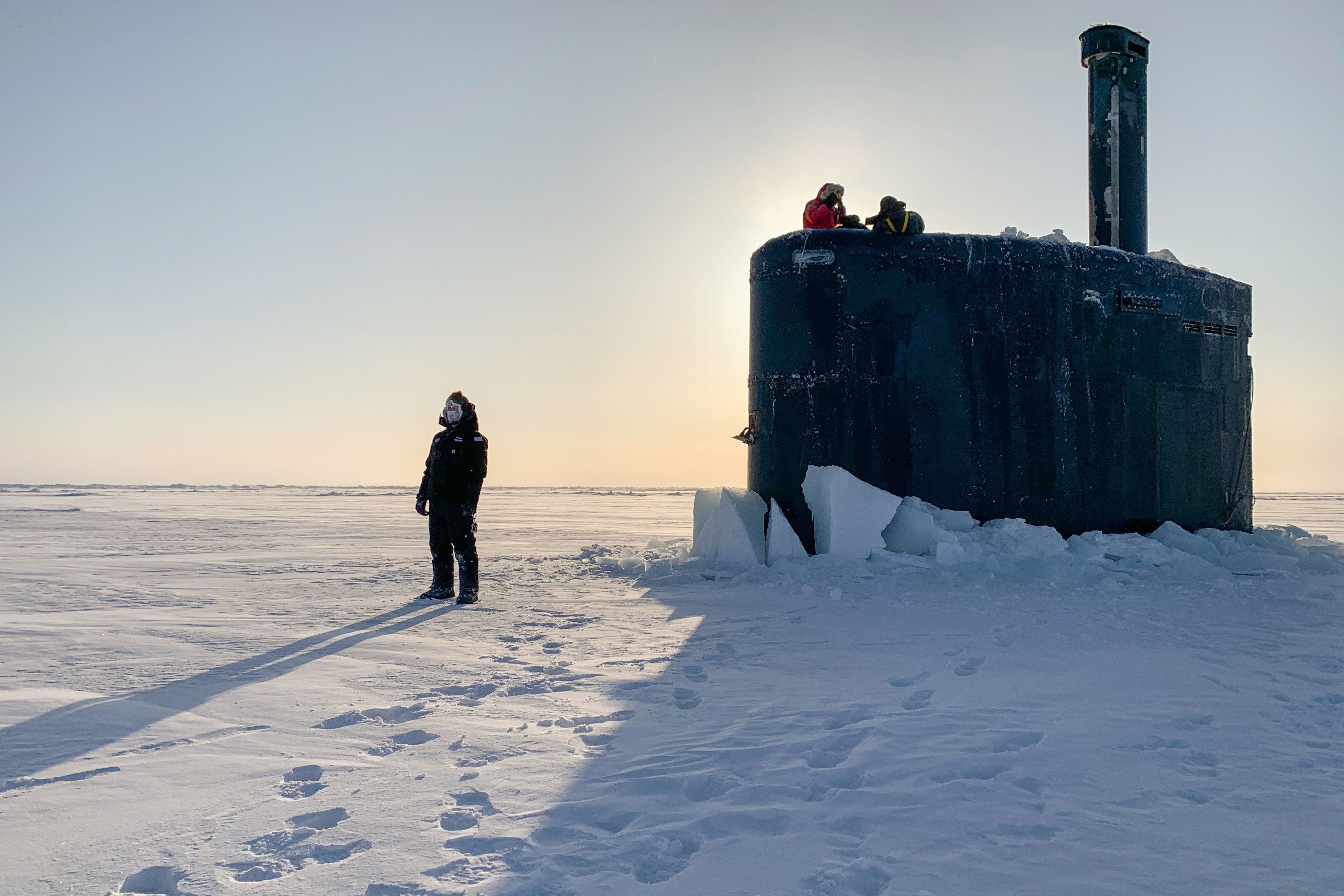Climate change is already reshaping US and Canadian defense policy. Melting Arctic ice raises the chances of natural disaster, and it’s also leading to an increased military presence in the north — from the US and Canada, but also Russia and China.
In response, the Pentagon has adopted an Arctic strategy that includes working with allies like Canada on interoperability while building defense capacity in the north. It includes new surveillance, reconnaissance, and communications in the region as well as training in the area.
This comes on the heels of the US signing the ICE Pact – an Arctic cooperation plan with Canada and Finland that includes an emphasis on building icebreakers. It also accompanies a Canadian security push that includes more spending on defense and a push to hit NATO’s 2% of GDP target in the next decade.
Canada recently bought a hangar in the Arctic next to a NORAD airbase after months of US urging, just as China and Russia were expressing interest in the property.
The flurry of Arctic defense news isn’t likely to diminish. In fact, on Wednesday night, Sen. Lisa Murkowskishared that she was briefed by Pentagon officials on Russian and Chinese bombers that were intercepted in Alaska’s air defense identification zone. She thanked the US-Canada integrated response and called the move by Russia and China an “unprecedented provocation by our adversaries.”
Arctic powers have been fighting over the region for years; as ice melts and shipping routes and potential defense vulnerabilities open, countries will be watching the region closely and angling for dominance.
